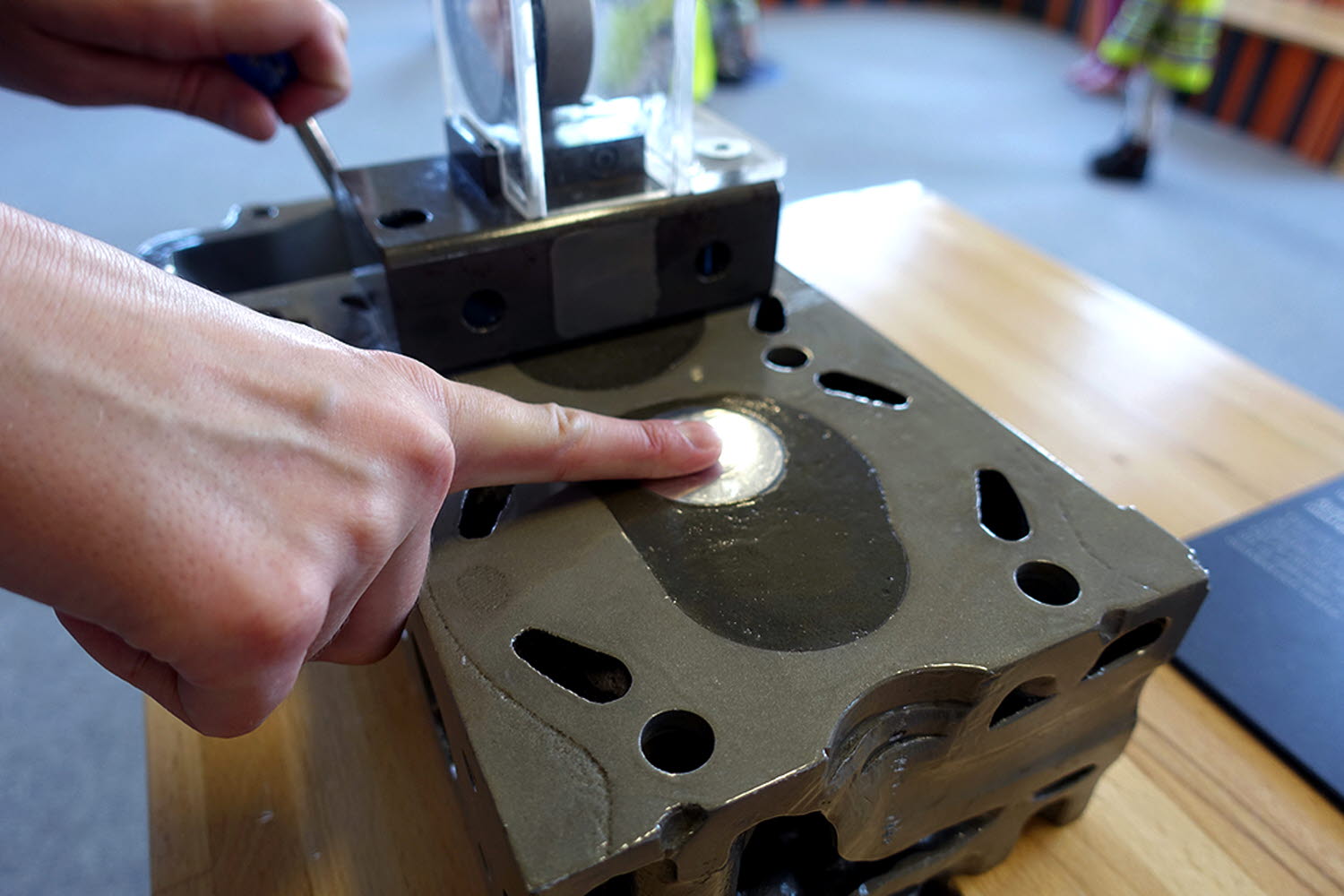
Micrometre feeling
The skin is our largest organ and has many different functions:
- it protects us from infection, corrosive substances and wear and tear
- it helps the body maintain a stable temperature
- it prevents the body from losing too much fluid
- it excretes water and salts through sweat and evaporation
- it stores fluid and fats
- it protects against harmful radiation from the sun
- it creates vitamin D with help from the sun’s rays. We need vitamin D to be able to absorb calcium to strengthen bones.
- it is the largest of our sensory organs and enables us to feel temperature, pressure, touch and pain.
- It sends signals to our environment, for example blushing when we are embarrassed
The different layers of skin have various functions:
- The epidermis is the part of the skin we can see. The outermost layer is made of dead and hardened cells. The epidermis makes skin resistant to corrosive substances and abrasion. The very bottom layer of the epidermis contains pigments that protect the skin from dangerous solar radiation. People with dark skin have more pigment cells than people with light skin. When the skin is exposed to sunlight, the pigment darkens and we say we “have a sun tan”
- The dermis contains blood vessels that provide the skin with oxygen and nutrients. The blood vessels also help the body to maintain the right temperature. The dermis also contains sensory nerves, sebaceous glands that help the skin remain elastic and supple and hair roots.
- The hypodermis is made of fatty cells that can act as insulation and shock absorbers.









